Have you ever noticed your furry friend shedding more than usual or developing bald patches? Hair loss, also known as alopecia, is a common concern among dog owners. Whether it’s a minor issue or a symptom of an underlying health problem, understanding the causes, symptoms, and treatment options for dog hair loss is essential for maintaining your pet’s well-being. In this comprehensive guide, we’ll delve into everything you need to know about hair loss in dogs, helping you become a knowledgeable and proactive dog parent.
Contents Overview
Understanding Hair Loss in Dogs
Hair loss in dogs, medically termed alopecia, can occur for various reasons, ranging from normal shedding to serious health issues.
- Normal Shedding:
- Dogs naturally shed their fur as part of the hair growth cycle.
- Seasonal shedding is common in many breeds, especially those with double coats.
- Abnormal Hair Loss:
- Excessive or abnormal hair loss can indicate an underlying problem.
- It may manifest as bald patches, thinning fur, or generalized hair loss.
Causes of Hair Loss in Dogs
Hair loss, or alopecia, in dogs, can have various causes, ranging from benign to serious underlying health issues. Understanding these causes is crucial for effective management and treatment. Here’s an in-depth look at the potential reasons behind hair loss in dogs:
- Allergies:
- Dogs can develop allergies to environmental factors like pollen, dust mites, mold, or certain foods.
- Allergic reactions can lead to intense itching, scratching, and biting, resulting in hair loss.
- Common allergens include flea saliva, which can cause flea allergy dermatitis (FAD), and environmental allergens like pollen or grass.
- Parasites:
- External parasites such as fleas, ticks, mites, and lice can infest a dog’s skin, leading to irritation, inflammation, and hair loss.
- Parasitic infestations often result in scratching, biting, and rubbing, which exacerbate hair loss.
- Flea infestations are a common cause of hair loss in dogs, particularly in allergic individuals who may experience severe reactions.
- Infections:
- Bacterial, fungal, or yeast infections of the skin can cause hair loss in dogs.
- Common infections include bacterial folliculitis, ringworm (a fungal infection), and yeast dermatitis.
- These infections often present with redness, inflammation, pustules, and hair loss in affected areas.
- Hormonal Imbalance:
- Hormonal disorders such as hypothyroidism, hyperadrenocorticism (Cushing’s disease), or sex hormone imbalances can affect a dog’s coat quality and lead to hair loss.
- Hypothyroidism, for example, can cause thinning of the fur, dry skin, and symmetrical hair loss on the trunk and tail.
- Cushing’s disease can result in a variety of skin changes, including hair loss, thinning, and hyperpigmentation.
- Nutritional Deficiencies:
- Inadequate nutrition can result in poor coat quality and hair loss in dogs.
- Deficiencies in essential nutrients such as protein, vitamins (e.g., vitamin A, biotin), and minerals (e.g., zinc) can affect skin and coat health.
- Poor-quality diets lacking essential fatty acids may also contribute to dry, brittle fur and increased shedding.
- Genetics:
- Certain breeds are predisposed to hereditary conditions that cause hair loss.
- Examples include alopecia areata, follicular dysplasia, color dilution alopecia, and pattern baldness.
- These conditions may result in patchy hair loss, thinning of the coat, or baldness in specific areas of the body.
- Stress and Anxiety:
- Psychological factors such as stress, anxiety, or boredom can contribute to excessive grooming and hair loss in dogs.
- Dogs may engage in compulsive behaviors like licking or chewing their fur, leading to localized hair loss known as lick granuloma or acral lick dermatitis.
- Trauma or Injury:
- Physical trauma, such as friction from collars or harnesses, burns, cuts, or wounds, can result in hair loss.
- Pressure sores (decubital ulcers) can develop in areas where there is prolonged pressure or rubbing against hard surfaces, leading to hair loss and skin damage.
- Endocrine Disorders:
- Disorders affecting the endocrine system, including the adrenal glands, pituitary gland, or pancreas, can disrupt hormone levels and contribute to hair loss.
- Conditions such as diabetes mellitus or adrenal gland disorders may cause skin changes, hair loss, and thinning of the coat.
- Immune-Mediated Disorders:
- Autoimmune conditions like lupus erythematosus or pemphigus can result in immune-mediated destruction of hair follicles, leading to hair loss.
- These conditions may cause symmetrical or generalized alopecia, along with other skin abnormalities such as crusting, ulceration, or scaling.
Symptoms of Hair Loss in Dogs
Hair loss, or alopecia, in dogs, can manifest in various ways, and recognizing the symptoms is crucial for identifying potential issues and seeking appropriate veterinary care. Here’s a detailed look at the symptoms of hair loss in dogs:
- Patchy Baldness:
- One of the most noticeable symptoms of hair loss in dogs is the presence of bald patches or areas of thinning fur on the coat.
- These patches may vary in size and location, depending on the underlying cause of the alopecia.
- Bald spots may appear symmetrical or localized in specific areas of the body.
- Scratching, Licking, or Chewing:
- Dogs experiencing hair loss often exhibit increased scratching, licking, or chewing behavior.
- They may repeatedly scratch at affected areas of the skin in an attempt to relieve itching or discomfort.
- Excessive licking or chewing of fur can lead to further irritation, inflammation, and hair loss.
- Changes in Coat Quality:
- Hair loss in dogs can result in changes to the overall appearance and texture of the coat.
- The fur may become dull, dry, brittle, or coarse, losing its natural shine and luster.
- Thinning of the coat may occur gradually over time, leading to a sparse or uneven appearance.
- Skin Irritation and Inflammation:
- Hair loss is often accompanied by skin abnormalities such as redness, inflammation, or irritation.
- Affected areas of the skin may appear red, swollen, or irritated, indicating underlying dermatological issues.
- Skin may feel warm to the touch, and dogs may exhibit signs of discomfort or pain when the affected areas are touched.
- Lesions, Scabs, or Crusts:
- In some cases, hair loss in dogs may be associated with the formation of lesions, scabs, or crusts on the skin.
- These skin abnormalities can result from bacterial or fungal infections, allergic reactions, or trauma to the skin.
- Lesions may ooze, bleed, or become ulcerated, requiring veterinary attention and appropriate treatment.
- Localized or Generalized Alopecia:
- Hair loss in dogs can occur in specific localized areas or may be more generalized across the body.
- Localized alopecia often presents as patchy baldness in specific regions, such as the flanks, tail base, or ears.
- Generalized alopecia affects larger areas of the body and may involve the trunk, limbs, and head.
- Behavioral Changes:
- Dogs experiencing discomfort or pain due to hair loss may exhibit changes in behavior.
- They may become restless, irritable, or lethargic, and may display signs of anxiety or agitation.
- Behavioral changes may be secondary to the underlying cause of hair loss, such as itching or skin irritation.
- Odor and Moisture:
- In cases where hair loss is accompanied by skin infections or inflammation, affected areas may emit an unpleasant odor.
- Excessive moisture or greasiness of the skin and fur may also be present, indicating underlying dermatological issues.
Treatment Options for Hair Loss in Dogs
Treating hair loss in dogs involves addressing the underlying cause of alopecia and may require a combination of medical interventions, dietary adjustments, environmental management, and supportive care. Here’s an in-depth look at the treatment options available for managing hair loss in dogs:
- Medication:
- Veterinarians may prescribe medications to address underlying issues contributing to hair loss in dogs.
- Antihistamines can help alleviate itching and inflammation associated with allergies.
- Antibiotics are used to treat bacterial skin infections, while antifungal medications target fungal infections like ringworm.
- Anti-parasitic medications, such as flea preventatives, target external parasites like fleas, ticks, and mites.
- Topical Treatments:
- Topical treatments, such as medicated shampoos, sprays, or ointments, can help soothe irritated skin and promote hair regrowth.
- Medicated shampoos containing ingredients like chlorhexidine, ketoconazole, or benzoyl peroxide can help control bacterial and fungal infections.
- Topical corticosteroids may be prescribed to reduce inflammation and itching associated with allergic reactions.
- Dietary Changes:
- Switching to a high-quality, balanced diet rich in essential nutrients can improve coat health and support skin regeneration.
- Veterinarians may recommend diets formulated specifically for skin and coat health, containing ingredients like omega-3 fatty acids, vitamins (e.g., vitamin E, biotin), and minerals (e.g., zinc).
- Adding supplements such as fish oil or flaxseed oil can provide additional omega-3 fatty acids to support skin and fur health.
- Environmental Management:
- Minimizing exposure to potential allergens and irritants can help prevent hair loss in dogs with allergic skin conditions.
- Regular flea prevention with veterinarian-recommended products is essential for controlling flea infestations and preventing flea allergy dermatitis.
- Keeping the dog’s living environment clean and free of allergens, dust, and mold can help reduce skin irritation and minimize hair loss.
- Hormone Therapy:
- Dogs with hormonal imbalances, such as hypothyroidism or Cushing’s disease, may require hormone replacement therapy or specific medications to regulate hormone levels.
- Thyroid hormone supplementation is used to manage hypothyroidism, while medications like trilostane or mitotane are prescribed for Cushing’s disease under veterinary supervision.
- Lifestyle Adjustments:
- Regular grooming practices, including brushing and bathing, help remove loose fur, distribute natural oils, and prevent matting.
- Providing a stress-free environment and addressing underlying behavioral issues can help reduce stress-related hair loss.
- Adequate exercise, mental stimulation, and social interaction promote overall well-being and may help alleviate stress-related alopecia.
- Surgical Intervention:
- In some cases, surgical procedures may be necessary to address specific causes of hair loss, such as the removal of skin tumors or cysts.
- Surgical options may also include skin grafts or reconstructive procedures for severe cases of trauma or injury resulting in extensive hair loss.
- Monitoring and Follow-Up:
- Regular veterinary check-ups and monitoring are essential for evaluating the progress of treatment and adjusting management strategies as needed.
- Follow-up appointments may involve repeat skin evaluations, blood tests, or diagnostic procedures to assess response to treatment and address any ongoing concerns.
Bottom Line
Hair loss in dogs can be distressing for both pets and their owners, but understanding the causes, symptoms, and treatment options is key to managing this common issue. By staying vigilant for signs of alopecia and seeking prompt veterinary care, you can ensure your furry companion maintains a healthy and lustrous coat. Remember, a proactive approach to grooming, nutrition, and overall well-being is essential for keeping your dog’s coat shining and their tail wagging with happiness.

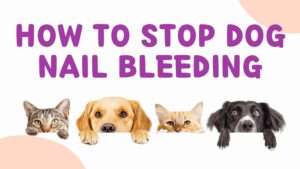
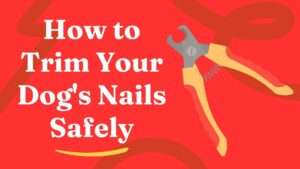

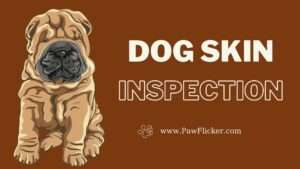
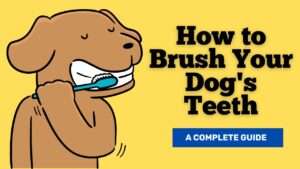
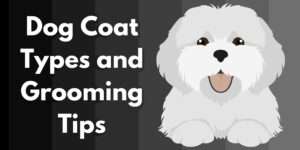

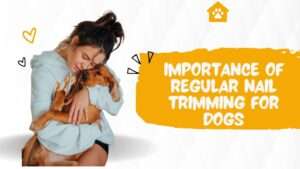
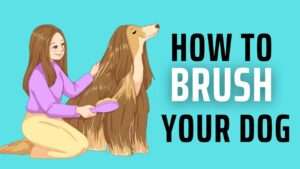
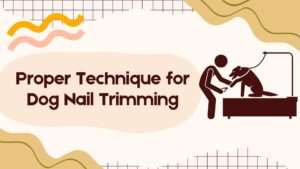
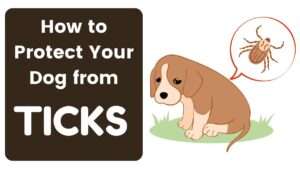
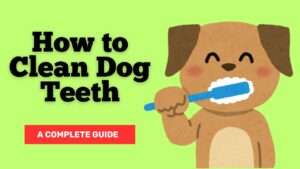


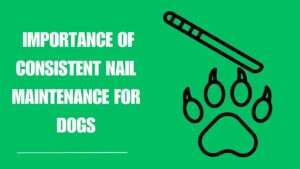
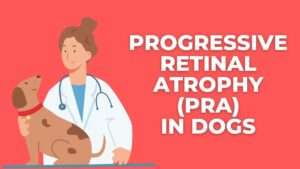
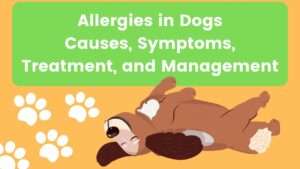


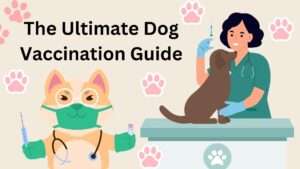
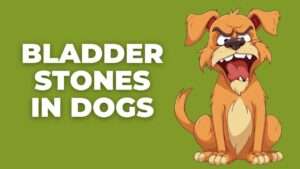
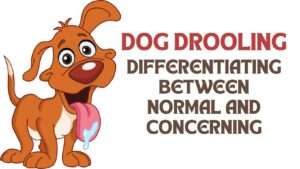
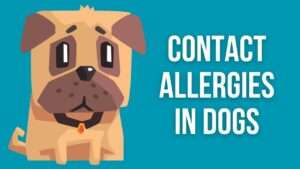
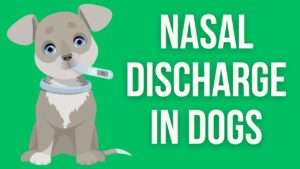

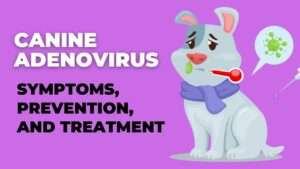









+ There are no comments
Add yours